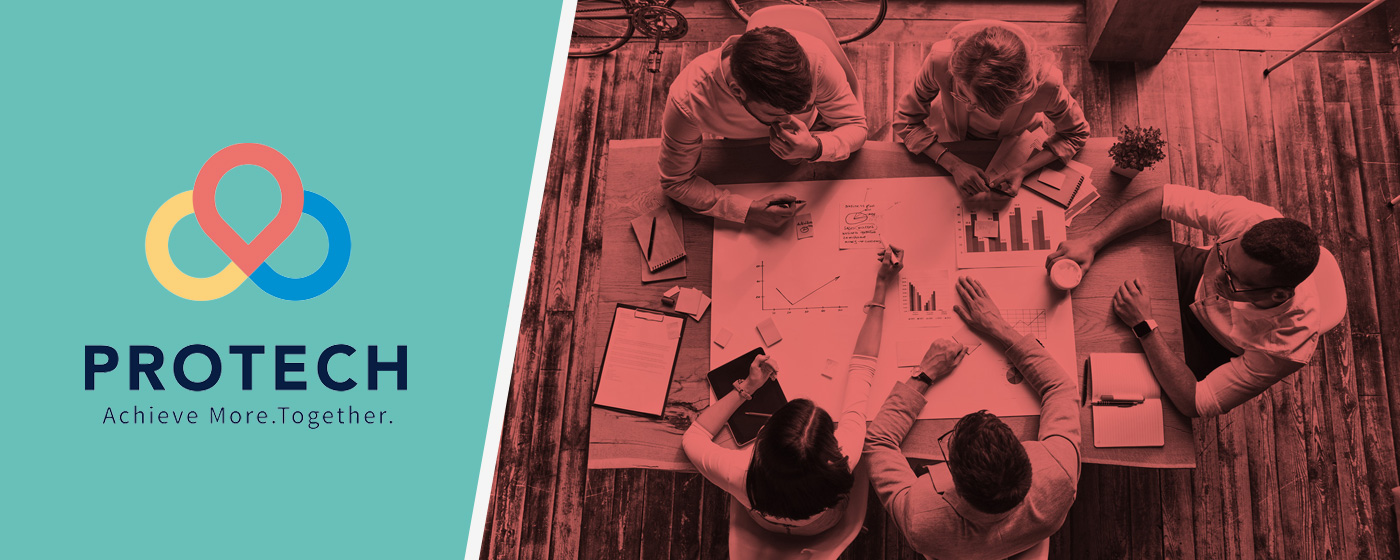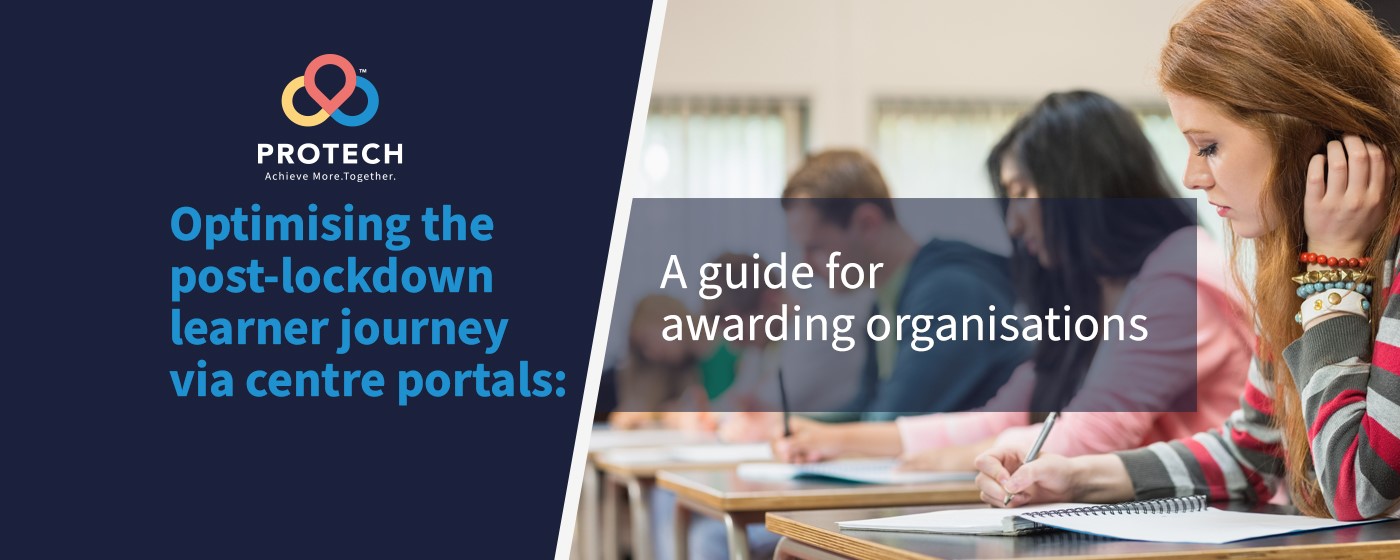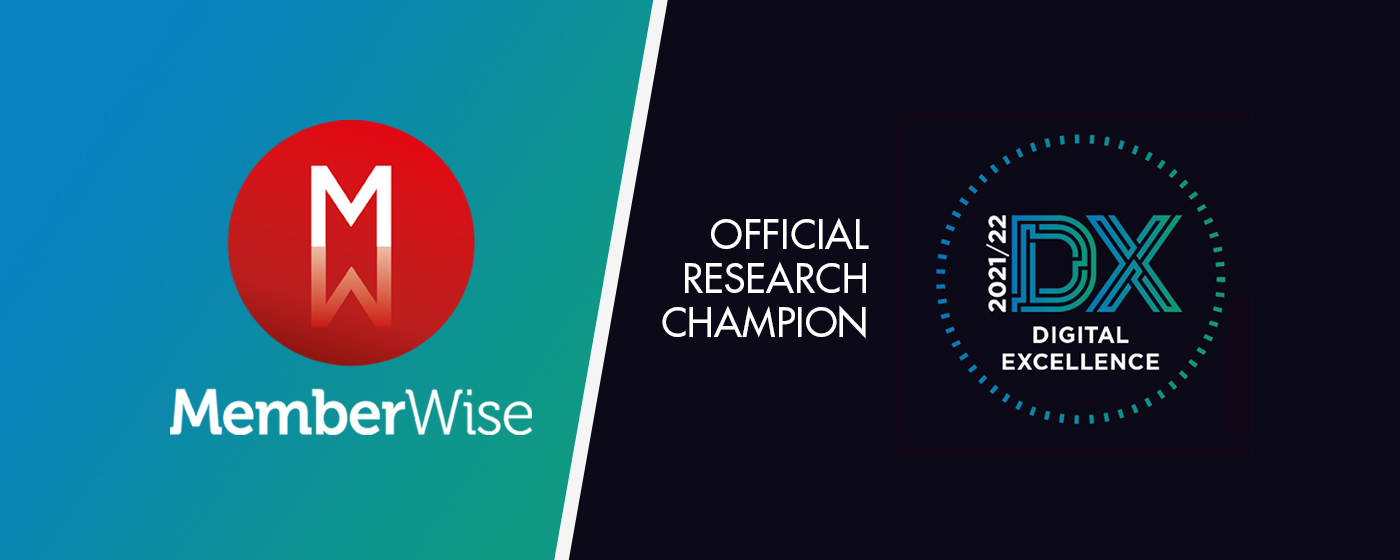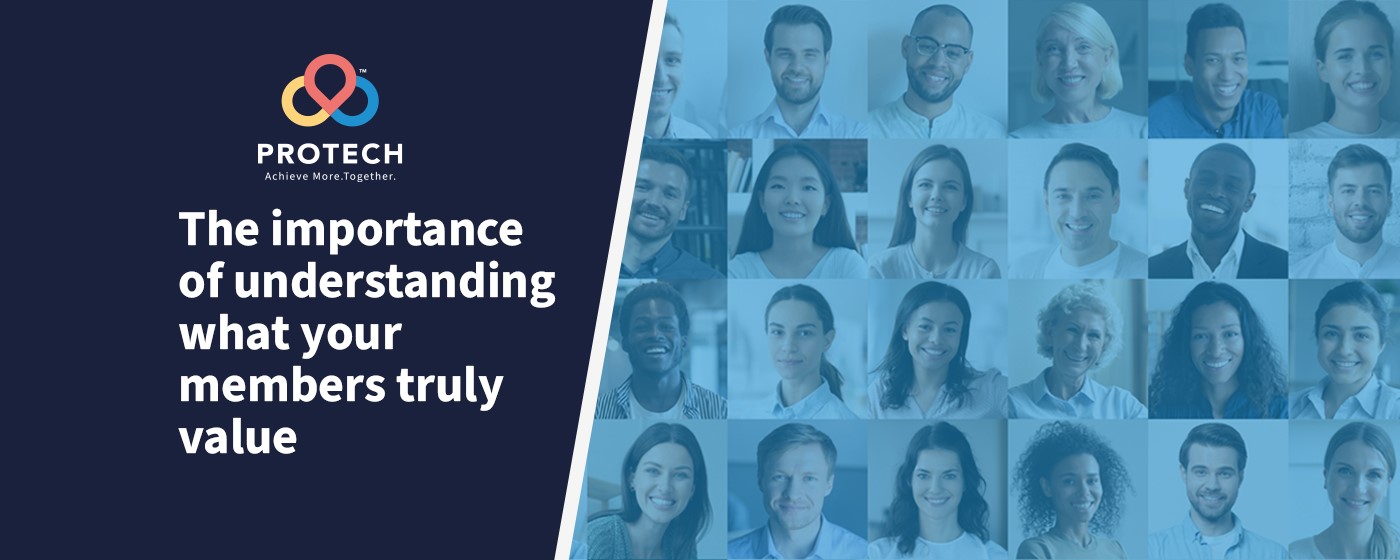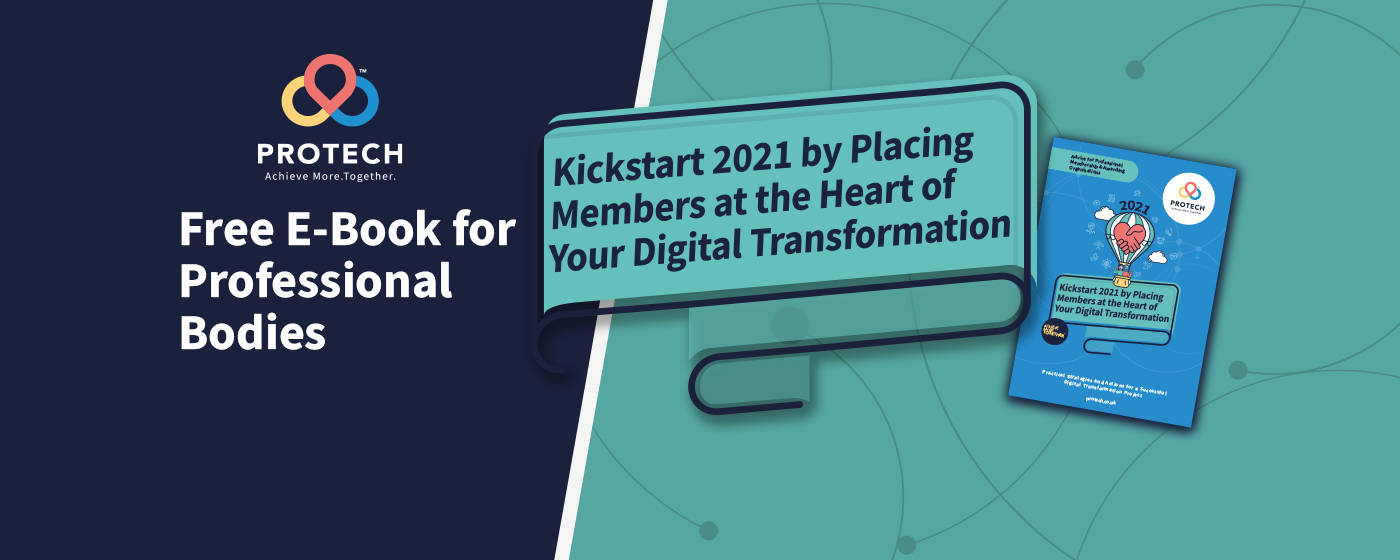The MemberWise ‘Harnessing the Web’ Research Report 2015 highlighted some of the key challenges facing membership organisations and associations as they continue to invest in technology change and integrate digital with back office functions whilst delivering products and services members want, for the lowest possible cost.
It’s hardly any wonder that the pace of change is often slow and presents many unanticipated difficulties that need to be overcome. It isn’t hard to imagine that life as a management team member in any not for profit organisation is going to get tougher over the next few years as expectations continue to grow and staff begin to feel overwhelmed with all the change.
It is plain that improving the efficiency of the organisation –will be an absolute pre-requisite for thriving organisations. But how? When membership bodies have made the easier efficiency gains – the low hanging fruit, it is going to be difficult to innovate to get more. Good old internal restructuring just won’t cut it in the challenging times we now face.
How do we get more efficient – is no longer the whole story. We must also think about how to rise to ‘the 3 challenges’, namely:
1) how do we create only value for our customers/members and be as efficient as possible?
2) how do we stimulate, retain and attract the best people?
3) how do we create a ‘culture’ where getting better at what we do is a continuous process?
I believe that to solve this difficult problem, you have to turn it on its head. ‘Top down’ just won’t work for this challenge!
I believe that the people who do the work in your organisation already know the answer – how to make things more efficient and improve the service. “Why don’t they then?” is a reasonable question. The answer lies in 3 truths:
1) beliefs – change is always done ‘top down’ so people believe they aren’t allowed to make changes – even if they are for the better
2) behaviours – we treat our people like they don’t know the answers.
3) capability – staff know what needs to be done but often don’t have a method for making it happen so when they do make change it may not be fully thought through, tested and measured, leading to problems which reinforces 1 and 2 above.
The answer lies in harnessing all of the talents and capability of your front line staff, each and every one of them so that change happens bottom up, top down and horizontally, throughout the organisation. To really make change happen (change that is sustainable, embedded and continuous), any organisation needs to take a ‘systemic’ view of organisational development as opposed to tackling people, process and technology change as separate strands.
Managers need to be coached in providing a method and motivation for leading people in a different way. Most people come to work to do a good job, be valued for what they do and feel that they have made a positive difference to their customers. Unfortunately, most modern methods of managing people have not moved on greatly from those management practices developed during the industrial revolution. Our modern management practices encourage people to focus on personal targets and results, often at the expense of the organisation’s overall vision and purpose.
Managers need to be provided with a framework which enables them to experiment together with their staff, in a safe environment. Managers need to be free to focus less on micro managing people and more on methods for engaging people and improving and ultimately re-designing the services they are responsible for.
This way of working provides everyone with far greater satisfaction in their work. As the leadership style evolves from managing and controlling to facilitating and empowering, both staff and managers become more satisfied and engaged.
Author: Jenny McTiernan, Chief Operating Officer, ProTech


